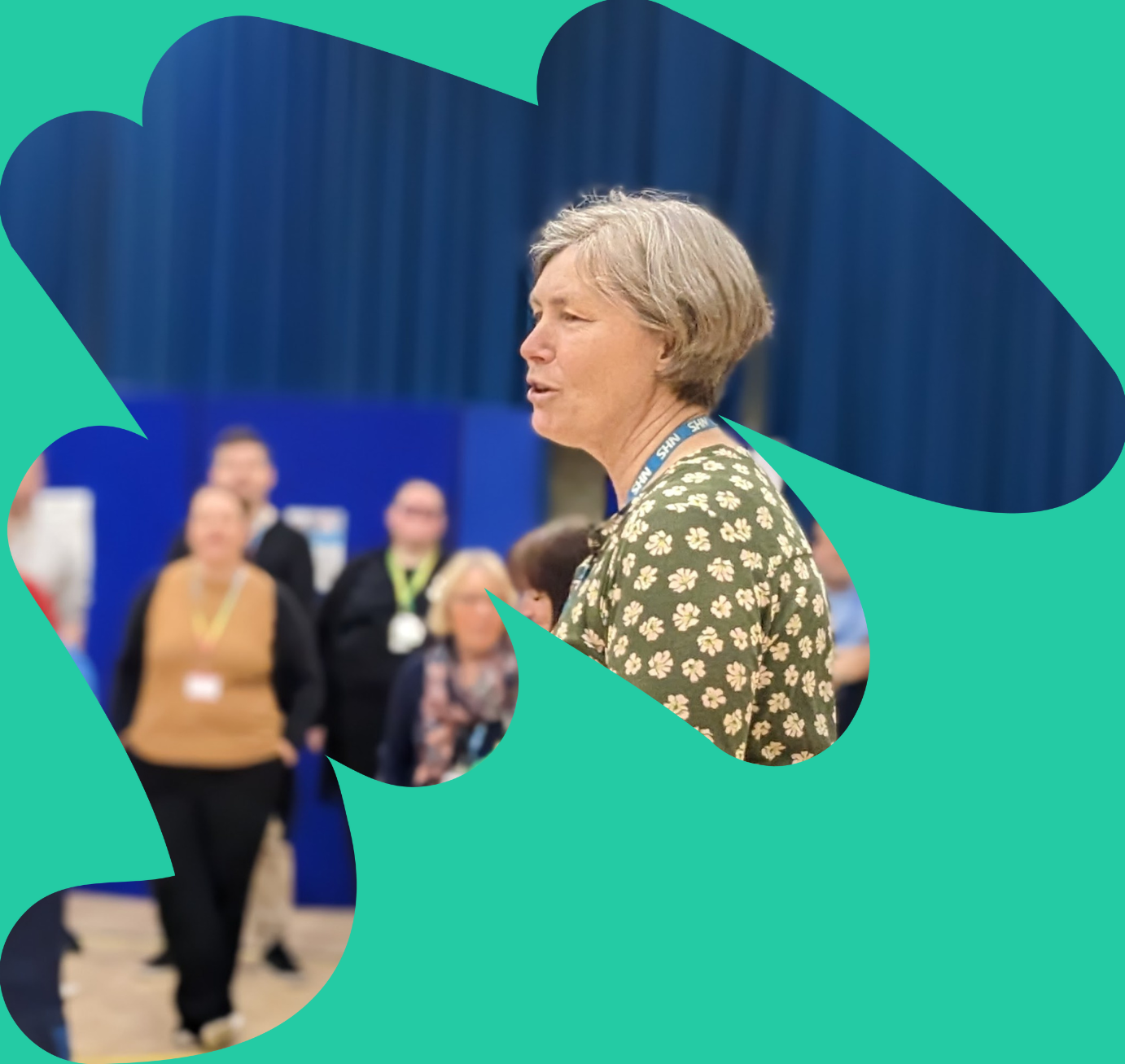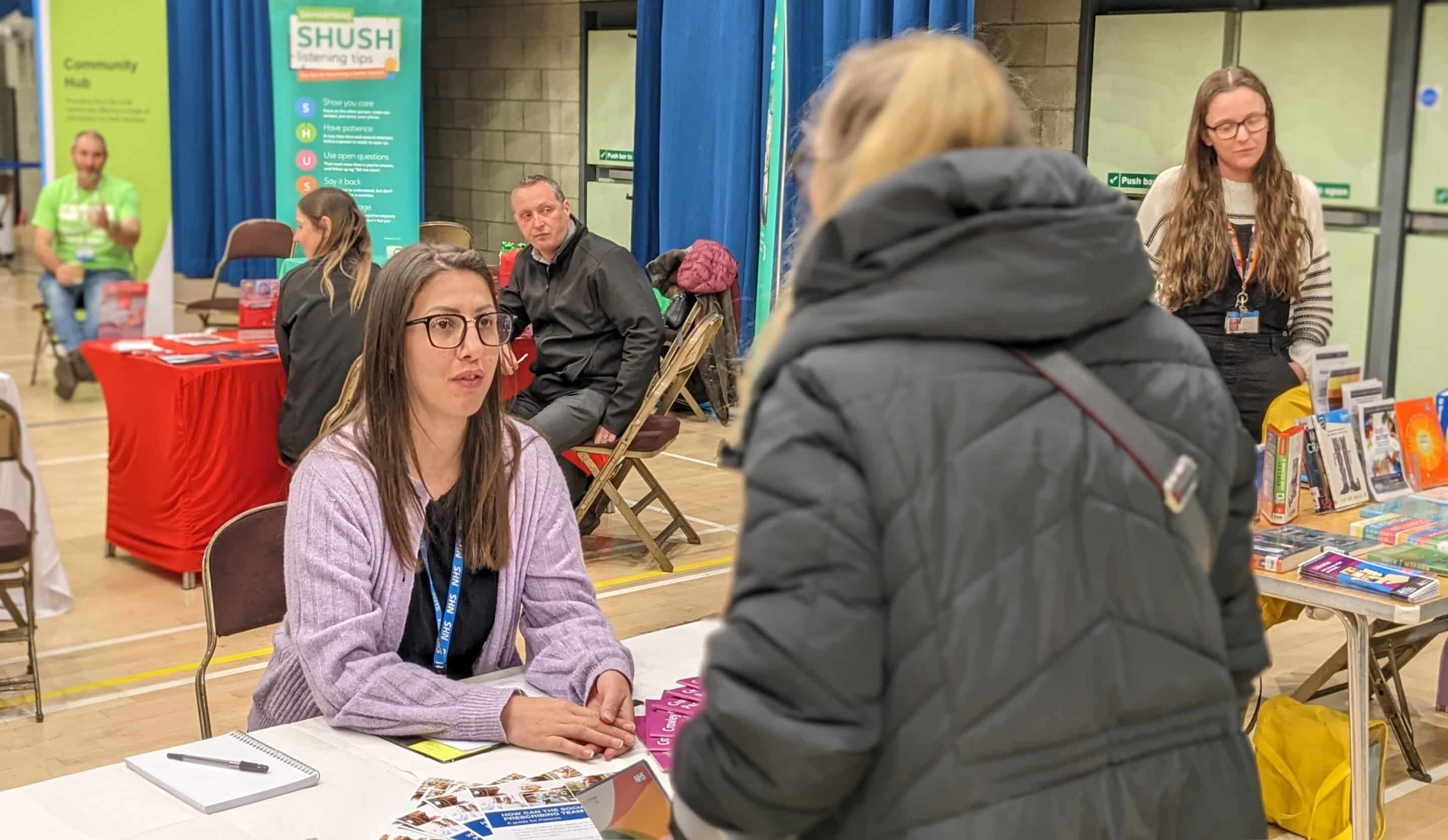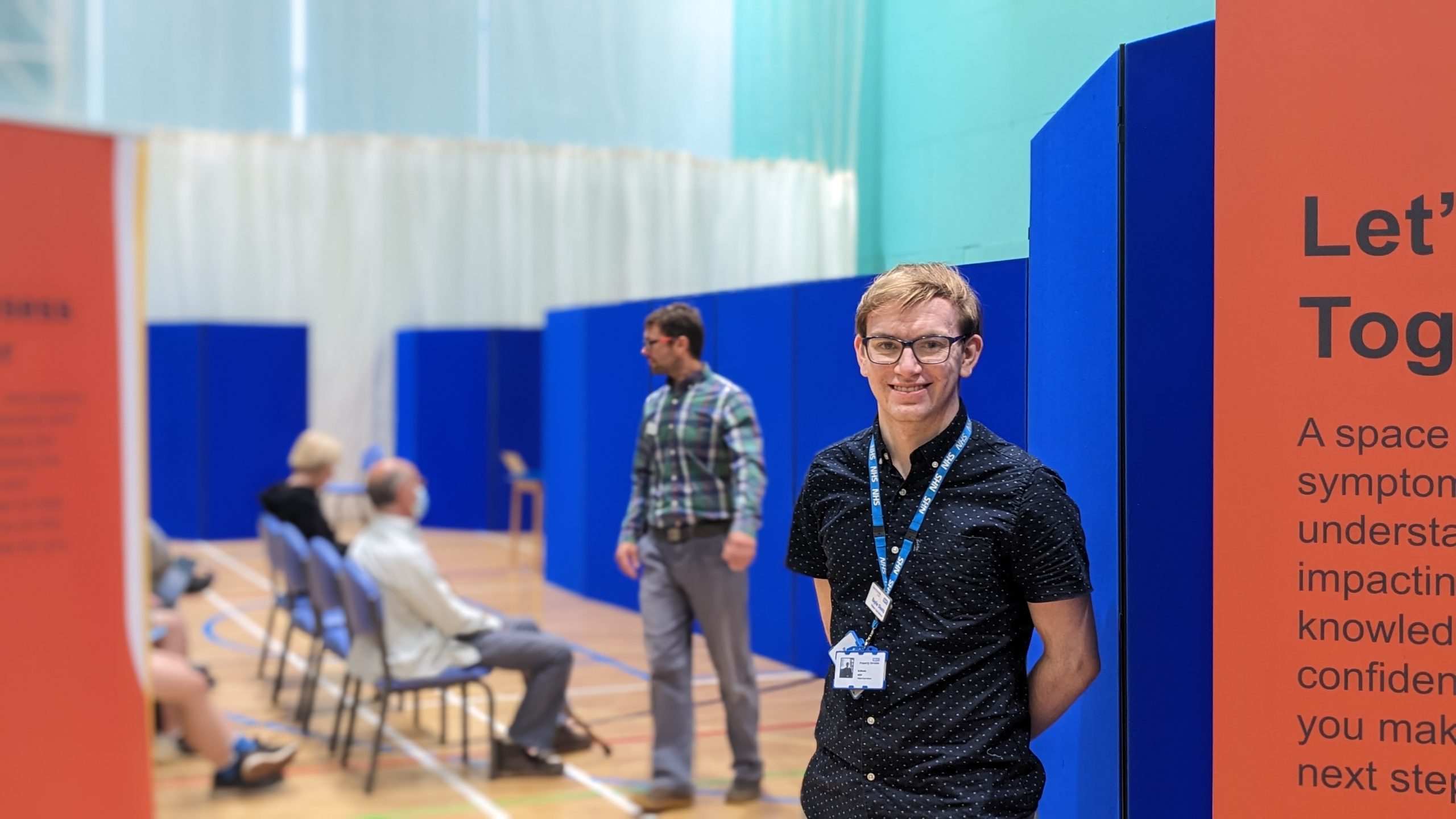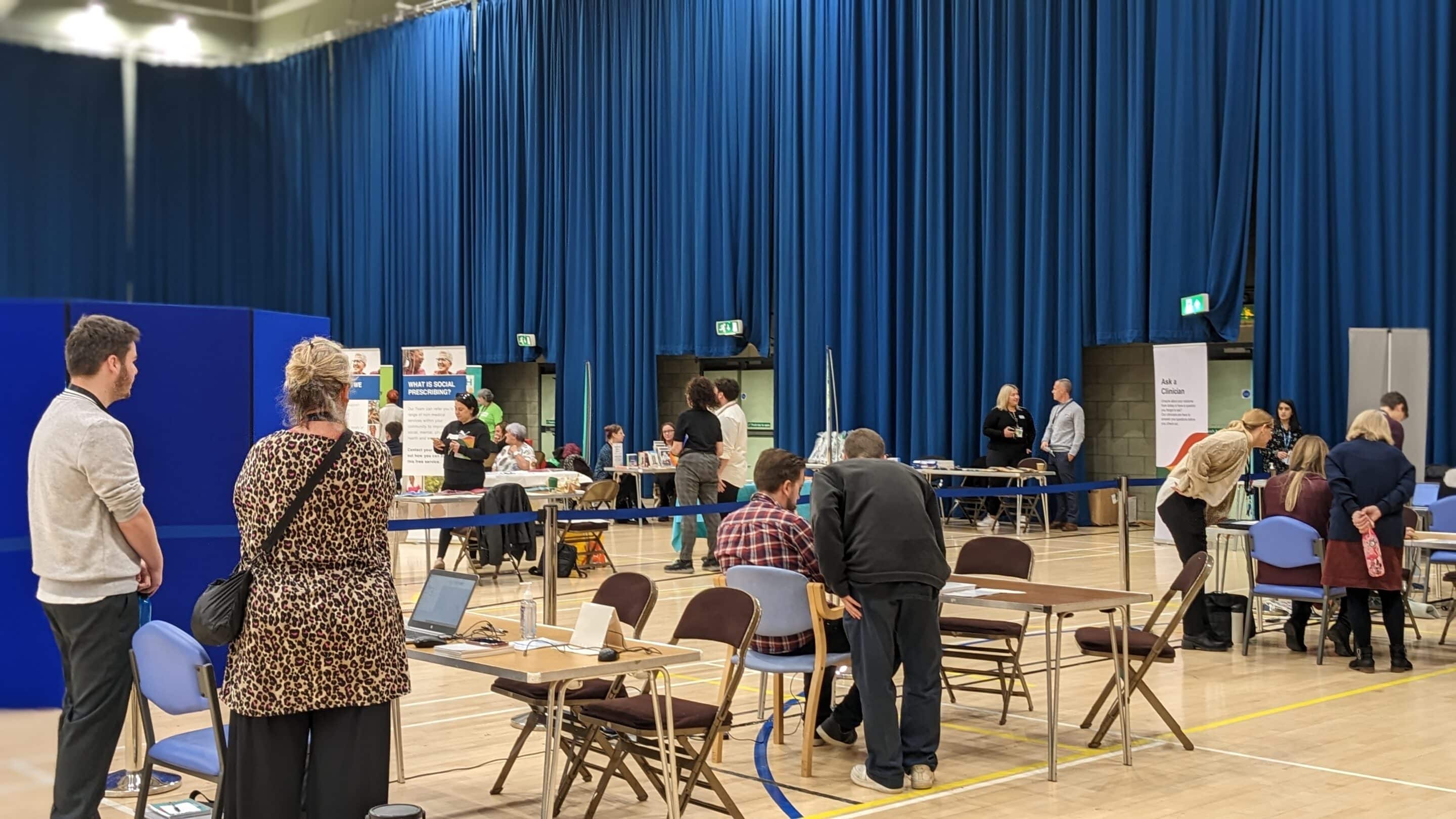Why have this evaluation of our CADs?

Earlier this year we commissioned an evaluation of our Community Appointment Days.
Laura Finucane, Clinical Director at Sussex MSK Partnership Central shares her reflections on the evaluation.
Why was it important to have this evaluation?
When we commissioned this evaluation, our main goal was to get an independent and fresh perspective on what we had already observed. We needed an objective review to validate our findings and to dig deeper into the data – helping us to see what might have been overlooked.
Most importantly, we wanted to assess it all through the lens of health inequality, ensuring our work is truly making an impact where it’s needed most.
The value of independent scrutiny
One of the key purposes of this evaluation was to keep evolving. We wanted the data not only to validate what we were doing, but to inform and improve future Community Appointment Days (CADs), strengthening the overall offer.
This has been an invaluable process, continually shaping how we support our community.
What have we learned?
A significant shift we’ve made is moving our health hub to the front of the patient journey. This simple change led to a dramatic increase in screening for blood pressure and diabetes – a real success in terms of uptake. But the evaluation also revealed some gaps, like the fact that many people weren’t engaging with the information provided. So, we’ve now placed extra resources on stewarding, helping guide people right from the front door.
Data has become a powerful tool for us, highlighting areas that need further attention and helping us plan the next steps. We’re seeing the importance of exploring longitudinal data to understand long-term outcomes. And one key takeaway? Both people attending and staff have really valued the service, with many staff members appreciating the chance to step outside their usual routine and connect more deeply with people and colleagues.
Importantly, this evaluation has paved the way for new initiatives, particularly in tackling health inequalities. We’re now focusing on reaching those who don’t typically engage with services, ensuring that our approach is as inclusive as possible.

Applying our findings to future work
Looking ahead, we’re keen to build on what we’ve learned. Our current model was developed with patients on waiting lists in mind, but our future plans aim to offer CADs as the first touchpoint in a person’s health journey with us. We believe this early intervention will help people understand what to expect and get the support they need sooner.
We’re also strengthening our collaboration with the voluntary and community sector, ensuring our offer truly reflects the needs of our local population – and we’re using data to guide us every step of the way.
Laura’s reflections on the project
This project started with a bold vision in 2022, alongside Natalie Blunt, Managing Director of Sussex MSK Partnership Central.
We took a risk in trying something different, but with the focus on what matters most to people who access the service– staff thought we were a bit mad at first – but gradually, they came on board. Initially, there was a temptation to simply ‘lift and shift’ hospital services to the community, but we knew that wasn’t the right approach.
What we needed was a more radical change, and our staff fully embraced that challenge.
The CAD continues to evolve, change and works because of the enthusiasm and dedication of the team. This has only been possible because of that commitment and the team effort.
It was the culture of the organisation that allowed us to take those risks and pushed us to think outside the box. We were supported every step of the way.
For me, one of the biggest takeaways has been the sheer joy of working with our staff in such an engaging and inspiring way.
This journey has been full of learning, growth, and joy, and it’s something we’re all proud of.
You can read the Evaluation Summary or download the full Review and Evaluation document here.
Thank you to Kate Cheema, part of Kaleidoscope Health & Care, who undertook the analysis and evaluation of the data.
For us the report confirms that for many, this is a powerful way of linking the physical and social sides of health and gives us clear recommendations on how to develop both the CAD events and our data and evaluation work in the future.
We hope it is useful to you too, feel free to get in touch with us at collab@hereweare.org.uk if you’d like to discuss collaborating with us.

